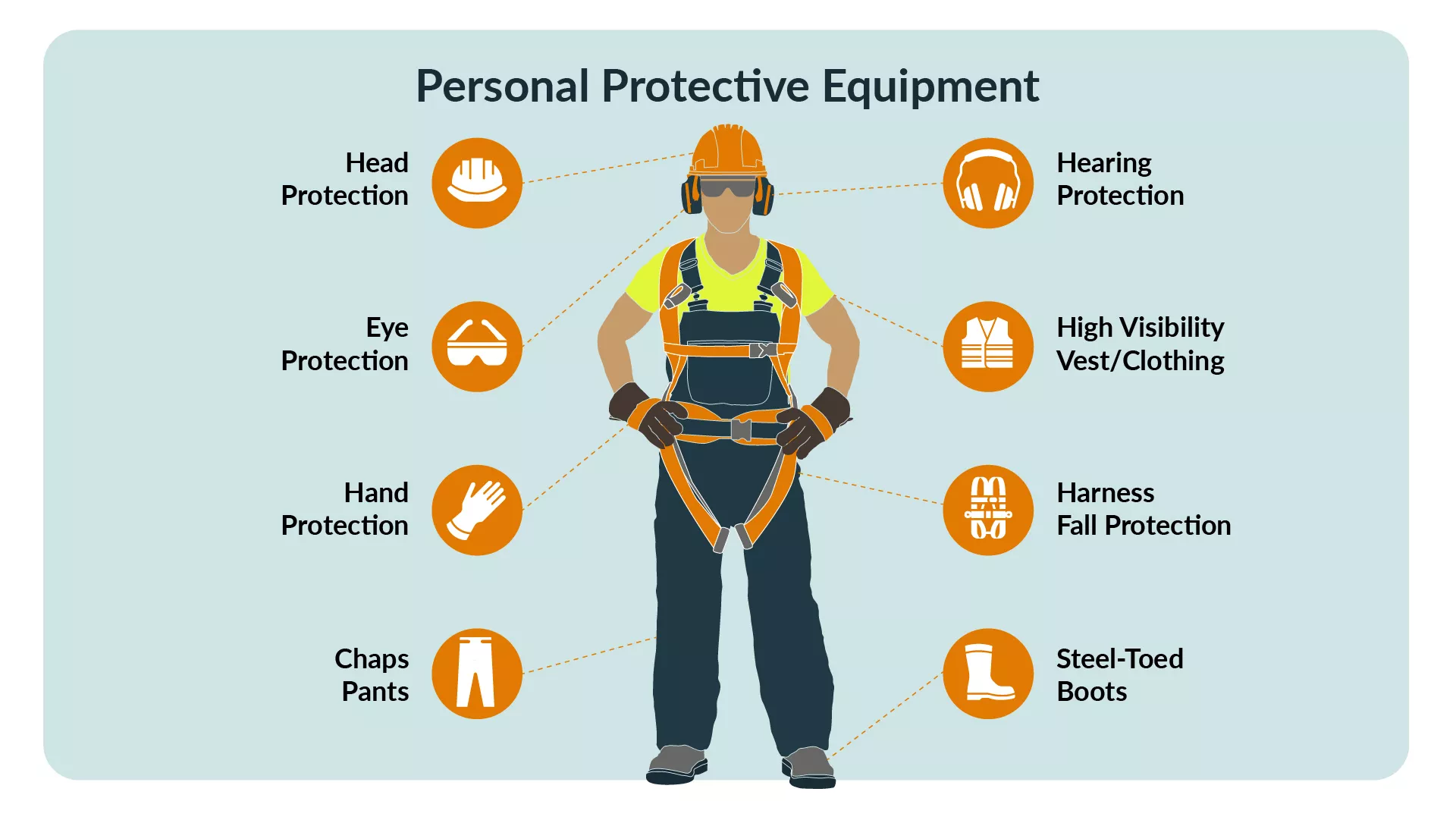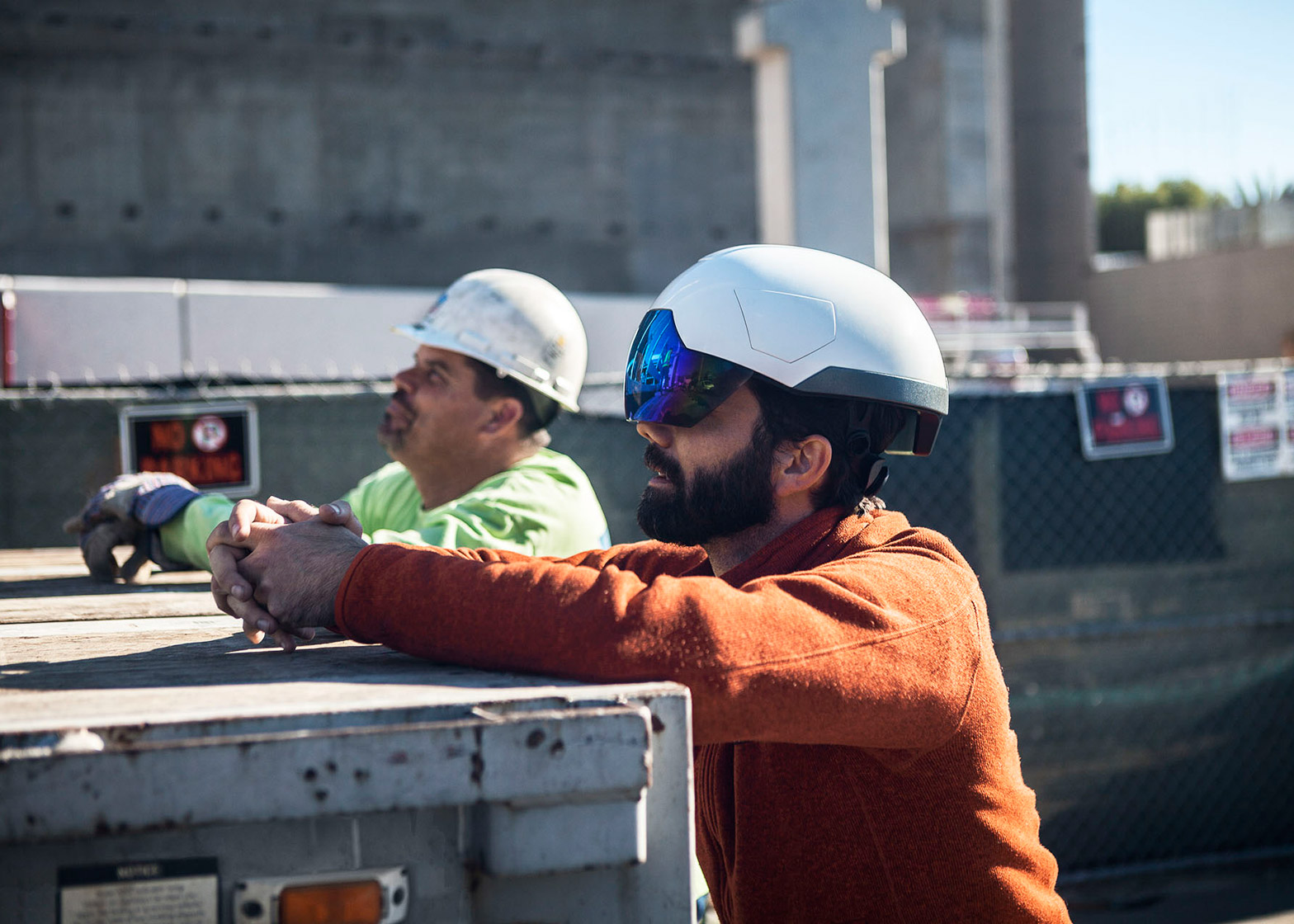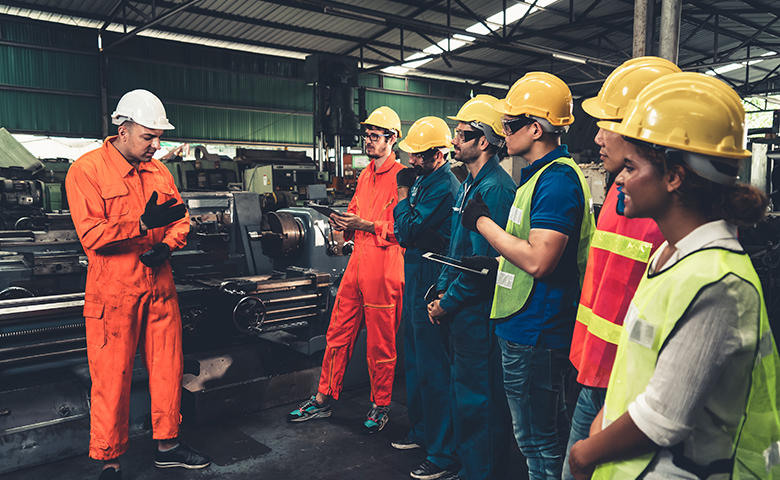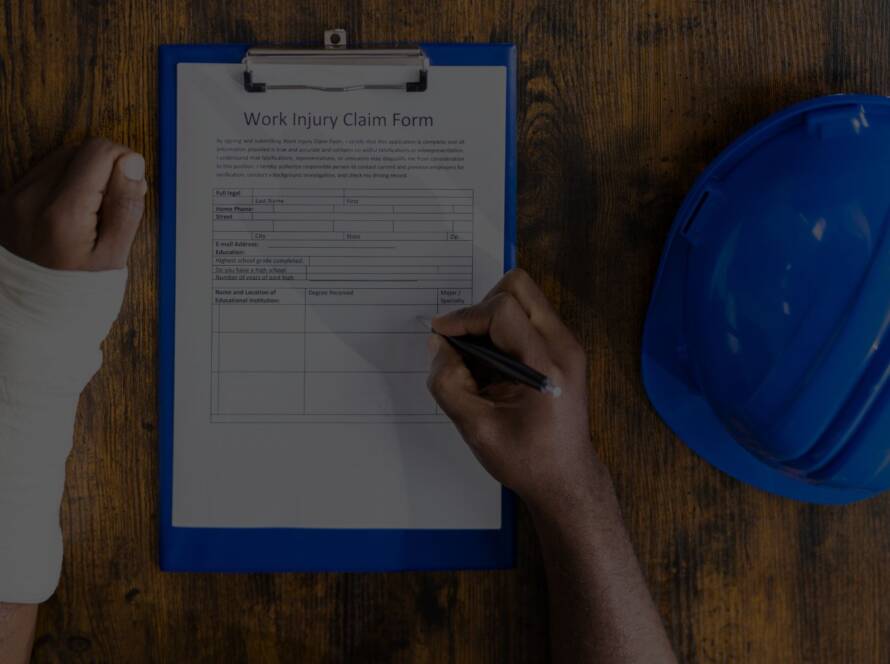Construction accidents are alarmingly common. In 2020, the construction industry accounted for 1,008 fatal work injuries, the highest of any sector. I once witnessed a scaffolding collapse on a job site. It was a stark reminder of the dangers workers face daily. This guide will delve into the intricate world of construction accident lawsuits, exploring lesser-known aspects that can significantly impact case outcomes.

Source: alertmedia.com
The Hidden Complexities of Liability
Liability in construction accident lawsuits isn’t always straightforward. Multiple parties often share responsibility, creating a complex web of potential defendants. Understanding these nuances is crucial for building a strong case.
According to the U.S. Bureau of Labor Statistics, 1.1% of construction workers each year suffer an injury serious enough that they miss work. This statistic underscores the prevalence of construction accidents and the importance of understanding liability in these cases.
Multi-Employer Worksites and Shared Liability
Construction sites often involve multiple employers working side by side. This setup can blur the lines of responsibility when accidents occur. I’ve seen cases where determining liability became a legal puzzle, with each party pointing fingers at others.
A recent case highlighted by NBC Chicago, “Second lawsuit announced in fatal construction site accident” at the University of Chicago Medical Center, exemplifies the complexities of multi-employer liability in construction accidents. This case involved multiple contractors and subcontractors, each with varying degrees of responsibility for site safety.
Horizontal vs. Vertical Liability
Horizontal liability refers to responsibility shared among subcontractors at the same level, while vertical liability involves the chain of command from general contractor to subcontractors. Each type presents unique challenges in lawsuits.
In horizontal liability cases, I’ve found that determining individual contributions to safety failures can be particularly challenging. It often requires a detailed analysis of each subcontractor’s role and responsibilities on the site.
Vertical liability, on the other hand, focuses on the chain of command. Establishing oversight responsibilities and delegation of duties becomes crucial in these cases. I’ve worked on cases where the general contractor tried to shift all blame to subcontractors, but we were able to prove that they had failed in their supervisory duties.
| Liability Type | Description | Key Challenges |
|---|---|---|
| Horizontal | Shared responsibility among subcontractors at the same level | Determining individual contributions to safety failures |
| Vertical | Liability along the chain of command from general contractor to subcontractors | Establishing oversight responsibilities and delegation of duties |
The “Creating” Employer Doctrine
This doctrine holds that an employer who creates a hazardous condition can be held liable, even if their own employees weren’t directly affected. It’s a powerful tool in construction accident lawsuits that many overlook.
I recently handled a case where a subcontractor was held liable under the “creating” employer doctrine after improperly storing hazardous materials, which led to an accident injuring employees of another company on site. This doctrine significantly expanded the pool of potential defendants and ultimately led to a more favorable settlement for our client.
Temporary Staffing Agencies and Liability Shields
Temp agencies often try to distance themselves from liability in construction accidents. But they’re not always successful. I’ve encountered cases where agencies were held jointly responsible with the construction company.

Source: laborfinders.com
Joint Employment Theory
This theory can hold both the staffing agency and the construction company liable for injuries to temp workers. It’s based on the idea that both entities exert control over the worker’s employment.
In a recent case I worked on, we successfully argued that the temp agency had significant control over the worker’s schedule, pay, and job assignments, while the construction company controlled the day-to-day work environment and safety protocols. This dual control led to both entities being held liable for the worker’s injuries.
For more information on how liability is determined in complex accident cases, check out our guide on navigating bus accident liability. While focused on bus accidents, many of the principles apply to construction cases as well.
The Role of Technology in Construction Accident Lawsuits
Technology is reshaping construction sites and, consequently, accident lawsuits. From wearable tech to advanced modeling software, these innovations are creating new forms of evidence and liability issues.
The construction industry accounts for nearly 6% of all injuries that result in lost days of work, and injury and illness rates in construction were 24% higher than the average of all other industries in 2020. These statistics highlight the ongoing safety challenges in the construction industry, even as technology advances.
Wearable Tech and Data Privacy Concerns
Wearable devices can provide crucial data about an accident, but they also raise privacy issues. I’ve seen cases where wearable data became a contentious point, with debates over its admissibility and interpretation.

Source: dezeen.com
Admissibility of Wearable Data
Getting wearable tech data admitted as evidence isn’t always easy. There are questions of reliability, accuracy, and relevance that need to be addressed.
In a recent case, we had to bring in expert witnesses to testify about the accuracy of a smartwatch’s heart rate and movement data. The defense argued that the data wasn’t reliable enough to prove the severity of our client’s injuries. Ultimately, we were able to demonstrate the device’s accuracy and use the data to support our client’s claim.
Building Information Modeling (BIM) and Liability
BIM technology is revolutionizing construction planning, but it’s also creating new liability issues. Errors in digital models can lead to real-world accidents, raising questions about who’s responsible.
Source: youtube.com
BIM Contracts and Risk Allocation
BIM-specific contract clauses can significantly affect liability in accident cases. Understanding these agreements is crucial when building a case.
I recently worked on a case where a structural failure was traced back to a discrepancy between the BIM model and the actual construction. The lawsuit involved complex arguments about liability between the BIM software provider, the architects, and the construction company. We had to bring in BIM experts to explain the technical aspects to the jury and demonstrate how the error in the model led to the accident.
To understand how technology impacts liability in other types of accidents, see our article on technology’s role in car accident cases. Many of the principles discussed apply to construction accidents as well.
The Psychological Dimension of Construction Accident Lawsuits
The mental health impacts of construction accidents are often overlooked. But they can be just as devastating as physical injuries. I’ve worked with clients who struggled with anxiety and depression long after their physical wounds healed.
Source: workplacementalhealth.org
Post-Traumatic Stress Disorder (PTSD) in Construction Workers
PTSD following a construction accident is more common than many realize. It can significantly impact a worker’s ability to return to their job and quality of life.
I recently represented a client who developed severe PTSD after witnessing a coworker’s fatal fall. Despite having no physical injuries himself, he was unable to return to work on high-rise construction sites. We had to fight hard to get the insurance company to recognize the legitimacy of his psychological injuries.
Expert Testimony for Psychological Injuries
Presenting expert testimony on psychological injuries requires careful preparation. The right expert can make or break a case involving PTSD or other mental health claims.
In my experience, it’s crucial to find an expert who can explain complex psychological concepts in terms that a jury can understand. I once worked with a psychiatrist who used vivid analogies to help the jury grasp the debilitating nature of PTSD. His testimony was instrumental in securing a substantial settlement for our client.
The Impact of Safety Culture on Lawsuits
A company’s safety culture can be a powerful factor in construction accident lawsuits. Evidence of a poor safety culture can strengthen a plaintiff’s case significantly.
A recent case reported by Insurance Journal, “Lawsuit Alleges Massive New York Fraud Scheme Involving Staged Construction Accidents,” underscores the importance of a strong safety culture in preventing fraudulent claims and protecting workers. This case highlights how a lax safety culture can not only lead to genuine accidents but also create opportunities for fraud, which ultimately harms legitimate victims.
Whistleblower Protections in Construction
Whistleblower laws can protect workers who report safety violations. This information can be invaluable in accident lawsuits, providing insight into a company’s safety practices.
I’ve worked with several whistleblowers in construction accident cases. Their testimony often provides crucial evidence of systemic safety failures that contributed to the accident. However, it’s important to ensure these whistleblowers are fully aware of their legal protections before they come forward.

Source: safestart.com
For more on how psychological factors can impact personal injury cases, explore our guide on brain injury settlements. While focused on brain injuries, it provides valuable insights into proving psychological damages.
The Global Perspective on Construction Accident Lawsuits
In our interconnected world, international factors often come into play in construction accident lawsuits. These cases can involve foreign companies, workers, or even cross-border projects.
The Midwest Economic Policy Institute estimates that fatal injuries as a result of construction accidents cost the United States $5 billion each year once you’ve incorporated costs from health care, lost income, reduced quality of life for surviving families, and lost production. This staggering figure underscores the economic impact of construction accidents beyond just the immediate victims.
Cross-Border Litigation in Construction Accidents
When international companies or workers are involved, lawsuits can become incredibly complex. I’ve handled cases where determining jurisdiction alone was a major hurdle.
In one particularly challenging case, we represented a U.S. worker injured on a project in Canada, working for a multinational corporation headquartered in Europe. Determining which country’s laws applied and where to file the lawsuit took months of legal research and negotiations.
| Aspect | Domestic Cases | International Cases |
|---|---|---|
| Jurisdiction | Generally straightforward | May involve complex jurisdictional disputes |
| Applicable Law | Usually local or state law | May involve conflict of laws issues |
| Evidence Gathering | Typically easier | Can be challenging due to distance and language barriers |
| Enforcement of Judgments | Generally straightforward | May require separate enforcement proceedings |
Choice of Law in International Construction Disputes
Determining which country’s laws apply in an international construction accident case can significantly impact the outcome. It’s a crucial aspect that requires careful consideration.
I once worked on a case where the choice of law made a difference of millions of dollars in potential damages. We had to argue for the application of U.S. law, which provided for higher damages, against the defendant’s push for the laws of a country with more limited compensation.
Cultural Considerations in Construction Safety
Different cultural approaches to safety can impact accident prevention and liability. Understanding these cultural factors is essential when building a case involving international parties.
)
Source: storyblok.com
Language Barriers and Safety Communication
Language barriers on construction sites can lead to misunderstandings and accidents. These communication issues can play a significant role in determining liability.
In a recent case involving a multinational construction project, a worker’s injury was attributed to misunderstanding safety instructions due to language barriers. The lawsuit highlighted the importance of effective multilingual communication in construction safety.
We argued that the company’s failure to provide adequate translation services and multilingual safety materials was a form of negligence. This approach helped us secure a favorable settlement for our client.
To understand how cultural factors can impact other types of accident cases, see our article on truck accidents involving international drivers. Many of the principles apply to construction accidents as well.
If you’re dealing with a construction accident lawsuit, you don’t have to navigate this complex landscape alone. Ultra Law specializes in these intricate cases. We understand the nuances of multi-employer liability, the impact of new technologies, and the importance of addressing psychological injuries. Our team is equipped to handle international cases and cultural considerations. We work on a contingency fee basis, so you don’t pay unless we win your case.
Ready to discuss your case? Contact Ultra Law today for a free consultation. We’re here to fight for the compensation you deserve.
Key Learnings Recap
- Construction accident lawsuits often involve complex liability issues, especially on multi-employer worksites.
- New technologies like wearable devices and BIM are changing the landscape of construction accident evidence and liability.
- Psychological injuries, including PTSD, are important but often overlooked aspects of construction accident cases.
- International factors can significantly complicate construction accident lawsuits, requiring specialized knowledge.
- A company’s safety culture and handling of language barriers can play crucial roles in determining liability.
For a deeper understanding of how personal injury cases are handled, including construction accidents, explore our guide on maximizing personal injury settlements. While focused on slip and fall cases, many principles apply to construction accidents as well.
Checklist: Essential Steps After a Construction Accident
- □ Seek immediate medical attention
- □ Report the accident to your supervisor
- □ Document the accident scene with photos and videos
- □ Collect contact information from witnesses
- □ Preserve any equipment or materials involved in the accident
- □ Request a copy of the official accident report
- □ Consult with a specialized construction accident attorney
- □ Keep detailed records of all medical treatments and expenses
- □ Document any lost wages or time off work
- □ Follow all prescribed medical treatments and rehabilitation plans
Remember, each construction accident case is unique. While this guide provides a comprehensive overview, it’s crucial to consult with an experienced attorney who can navigate the specific complexities of your case. At Ultra Law, we’re committed to fighting for the rights




